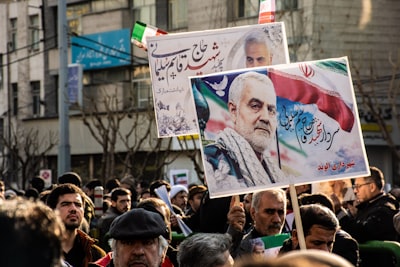Unintended Outcomes: Why Military Strikes Alone Can’t Halt Iran’s Nuclear Ambitions
Recent Pentagon assessments reveal a stark truth: despite high-profile US strikes, Iran’s nuclear programme remains intact. This judgment challenges the efficacy of military intervention as a tool in nonproliferation and ignites debate over what it truly takes to manage nuclear threats in the modern era.
The Core Issue: Deterrence Versus Disruption
The US’s targeted strikes were designed to undermine Iran’s nuclear capabilities and send a deterrent message. However, the latest findings indicate these operations failed to destroy Iran’s infrastructure or halt its technical progress. The Pentagon’s conclusion serves as a powerful argument against what some call the “myth of the clean strike”—the belief that precision military operations can decisively solve geopolitical problems.
What Went Wrong?
- Dispersed Facilities: Iran’s programme is not centralized. Key assets are spread across numerous fortified sites, making comprehensive destruction unlikely without full-scale war.
- Technological Resilience: Over years, Iran has invested heavily in redundancy. Labs, centrifuge parts, and expertise are easily relocated or rebuilt.
- Political Resolve: Strikes often reinforce, rather than weaken, domestic resolve. Iranian leadership has consistently doubled down after attacks, accelerating efforts for self-reliance.
| Approach | Pros | Cons |
|---|---|---|
| Military Strikes | Sends strong message; short-term delay | High risk of escalation; symbolic at best |
| Diplomacy | Potential for sustainable limits | Slow progress; vulnerable to reversals |
| Economic Pressure | Can strain resources | Civilian suffering; possible backlash |
Real-World Implications
The main controversy lies in the public expectation for quick fixes versus the complex reality of international security. While military intervention can temporarily set back nuclear development, history—from Iraq to North Korea—shows these methods rarely address the underlying motivations or technical know-how that drive proliferation.
Key Players and Stakes
- Iran: Pursuing nuclear technology as a guarantor of sovereignty and leverage in regional disputes.
- United States: Balancing nonproliferation aims with avoiding another Middle Eastern quagmire.
- Regional Rivals (Israel, Saudi Arabia): Deeply concerned about nuclear balance and the arms race.
Broader Lessons
This episode echoes a larger truth: scientific knowledge, once acquired, cannot be bombed away. Non-military strategies—robust diplomacy, verification agreements, and economic incentives—are indispensable, even if imperfect.
Surprising Context:
International watchdogs note that even sabotaged centrifuges can often be replaced within months. The “invisible infrastructure”—scientists, blueprints, and clandestine supply chains—remains largely unaffected by strikes.
Looking Forward
While military actions may offer a quick headline, true solutions to nuclear challenges demand sustained, multifaceted engagement. This moment calls for hard questions about the tools we use, the outcomes we seek, and the wisdom of relying on firepower in a world where knowledge moves faster than missiles.
This article was inspired by the headline:
'US strikes did not destroy Iran nuclear programme, says Pentagon assessment - BBC'.

Comments
No comments yet. Be the first to comment!